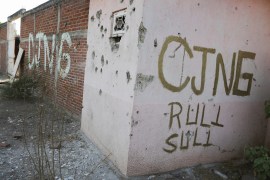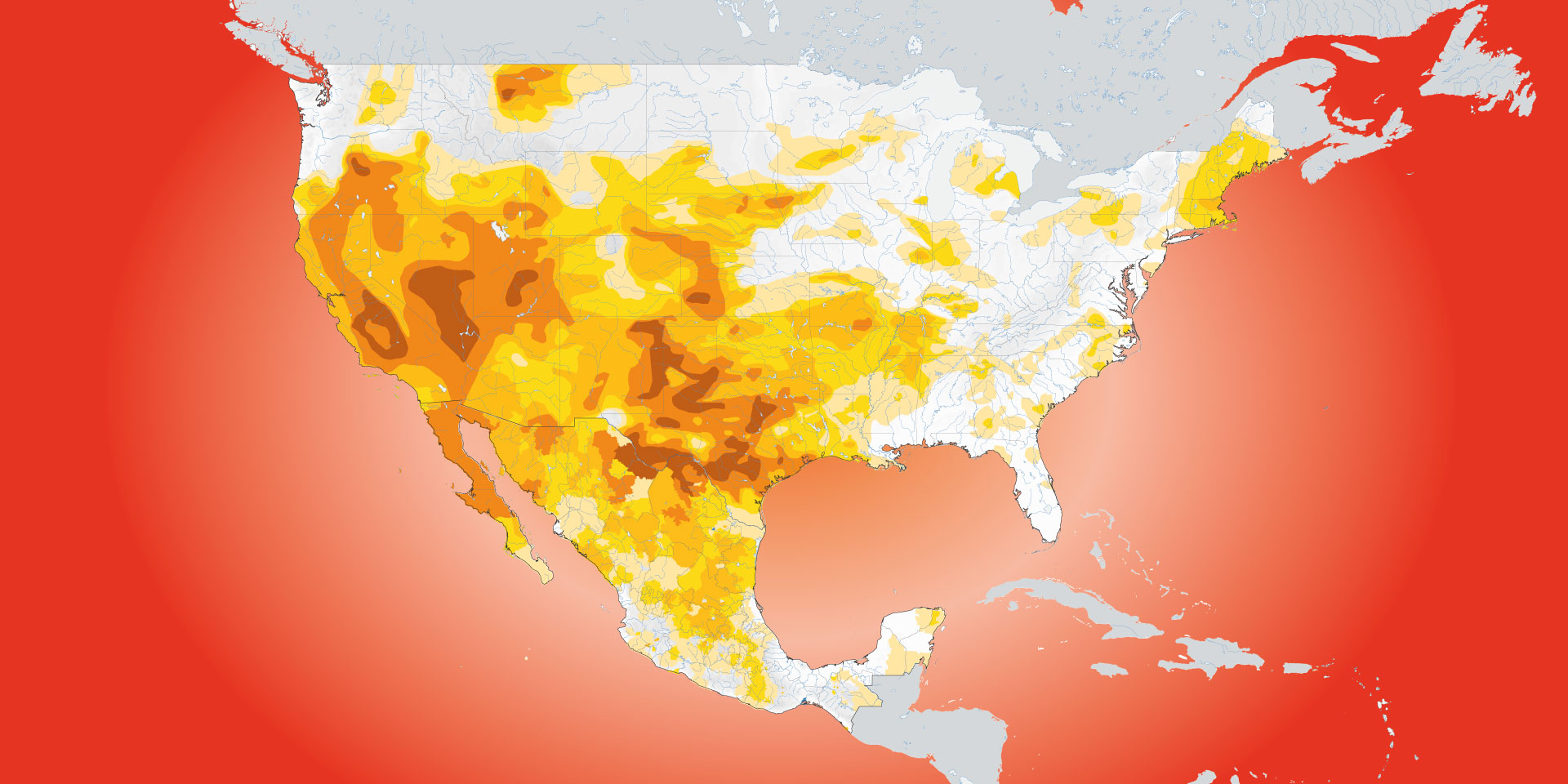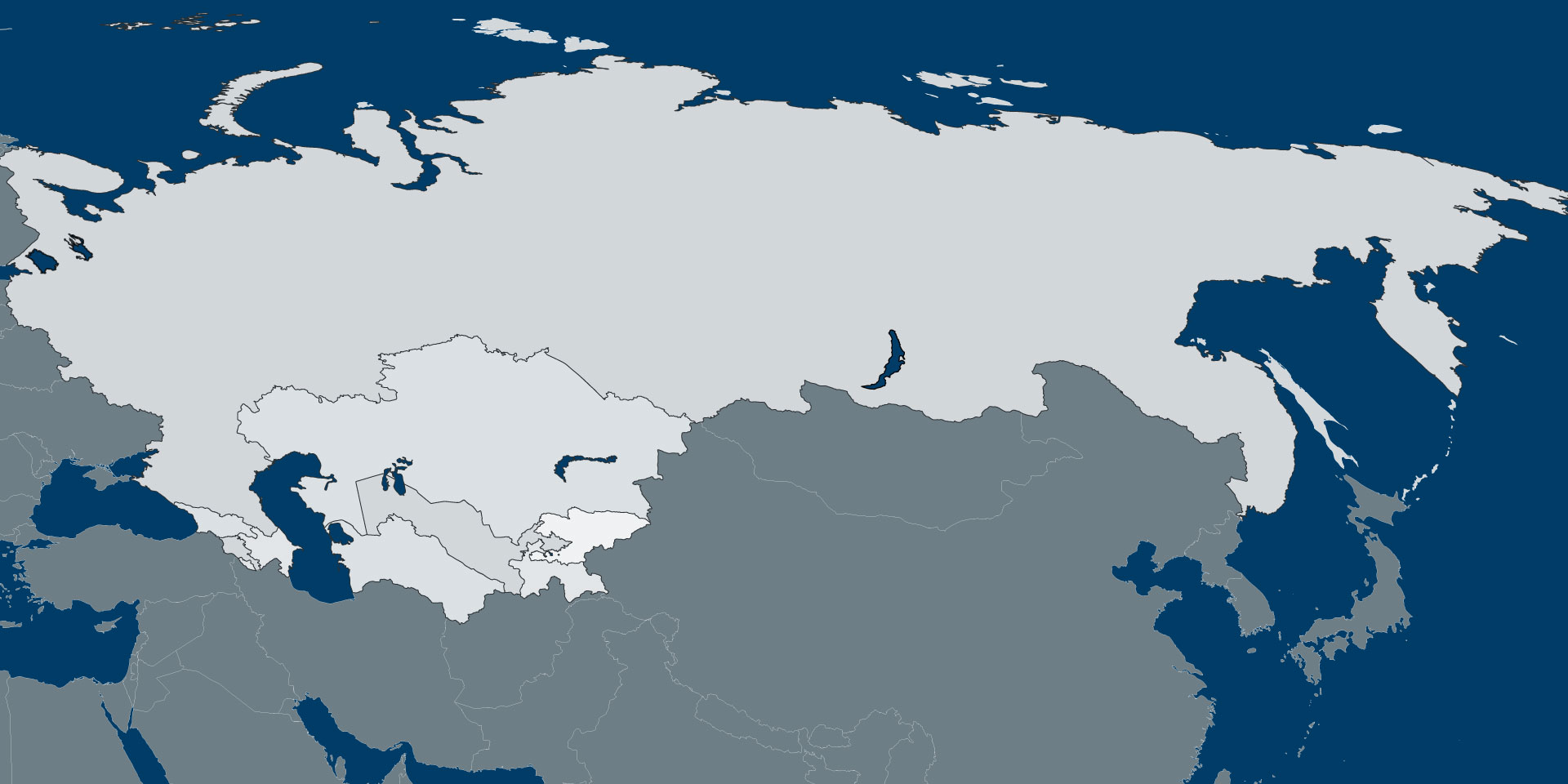[ad_1]

Large segments of Mexico’s people, territory, and economy are falling under the rule of Mexican criminal groups even in areas where violence has not flared up or has declined, with the declines in violence mostly the result of the vagaries of Mexican criminal markets, not policies, or the lack of policy. But the various criminal groups, including the two largest ones – Cartel Jalisco Nueva Generación (CJNG) and the Sinaloa Cartel – deploy substantially different approaches to their rule. The evolving rule and governance by both cartels also vary regionally, influenced by local structural conditions and political culture and by local leadership of the criminal groups. Drawing on my fieldwork in various parts of Mexico in October and November 2021, I outline today some of the dimensions and changes to the rule by CJNG and the way it differs from the Sinaloa Cartel’s rule. In my last oped, I focused on the strategies, choices, and approaches to rule of the Sinaloa Cartel.
CJNG and the Sinaloa Cartel differ in how they rule both economies and people.
A key aspect of the Sinaloa Cartel’s strategic modus operandi is seeking to take over the entire vertical chain of an economy and industry – whether legal or illegal. In contrast, CJNG has often preferred to act as a tax master and sometimes franchise licenser: taxing all local businesses, without, at least initially, seeking full control across the entire vertical chain of an economy. Replicating its policies in the state of Jalisco, in the new territories that it conquers, the Cartel licenses not just a variety of criminal rackets, such as drug dealing and trafficking and prostitution, but also legal sales, such as of tobacco, alcohol, and even tortillas. That strategy harkens back to Don Berna’s Oficina de Envigado in Medellín, Colombia though in many of its newly conquered territories, CJNG doesn’t enjoy anywhere the level of thick and intricate connections to local politicians and businesses that Don Berna’s criminal machinery in Medellín did.
Only slowly and sporadically has CJNG begun to move toward a more systematic effort to take over the entire vertical chain, a decade and half behind the Sinaloa Cartel in that strategy.
Yet while taxation-only may seem less aggressive and easier for local communities and businesses to adapt to than Sinaloa’s rule, it actually isn’t for two reasons:
First, the CJNG “taxes,” like those of the Zetas earlier, which in many ways CJNG emulates, tend to be higher than those of Sinaloa, my interlocutors in Michoacán, Guerrero, Baja California, and Baja California Sur told me. While CJNG has mostly avoided the Zetas’ frequent mistake of setting the extortion fees so high that they accidentally bankrupt businesses, they still tend to be far more onerous than those of the Sinaloa Cartel.
Moreover, unlike, the Sinaloa Cartel’s rule, the CJNG takeover and domination are based on brazen violence. Its modus operandi is to be more ostentatiously violent than anyone else around. Brazenness, brutality, and aggressive expansion are its signature approach at both the strategic and tactical levels, making both the takeover and the forced regular interactions with the group highly grating to both local communities and big businesses. While my interlocutors described the Sinaloa Cartel extortion fee collectors as “buttoned-down criminals” and “polite extortionists” with whom it wasn’t “so bad and scary to deal with,” the CJNG operatives were described as “brash, crude, frightening,” and “a plague to be rid of.”
CJNG’s penchant for brazenness also manifests itself in its showcase public executions and frequent displays of its firepower and sophisticated weaponry: Its heavy assault weapons mostly outmatch the arms and equipment that Mexican police and National Guard have. CJNG often puts on dramatic videos of the might of its weapons and unfettered capacity to mass fighters and vehicles, seemingly without any effort by the Mexican government to prevent such coercion. Not only does the Cartel not shy from attacking police stations, burning down police vehicles, or, hunting down police officers in their homes, it indulges in that strategy to exhibit its impunity and fearlessness.
In contrast, the Sinaloa Cartel’s rule is frequently much more behind-the-scenes, even as both Cartels seek to intimidate, corrupt and ensnarl Mexican government officials from municipal levels to top authorities and security agents from street cops to National Guard deployments to security and defense ministry officials.
One of the pioneers among criminal groups in airborne IEDs, CNJG has become notorious for repeatedly deploying armed drones to attack police stations and officers and local communities. The Cartel’s use of armed drones against communities in Michoacán has gone beyond intimidation; it actually seeks to depopulate communities to facilitate the Cartel’s takeover of territories and routes.
Much of CJNG power comes from brazen intimidation and brutality facilitated by aggressive propaganda.
That fear-based control is maintained beyond the act of conquest to ensure that communities, perhaps supported by other criminal groups or militias (often one and the same), do not rise against the CJNG domination. To do so, just like insurgent groups such as the Taliban in Afghanistan or Shabab in Somalia, CJNG seeks to neutralize or coopt local community organizers. Local teachers, doctors, and priests are prime targets in the competition for influence among CJNG, the Sinaloa Cartel, and local groups such as Carteles Unidos in Michoacán. But while the Sinaloa Cartel mostly seeks to buy them off with bags of cash, often regularly given to institutions – like churches and schools, not merely individuals – the Jalisco Cartel defaults to intimidation.
However, unlike some groups, such as the Carteles Unidos in the tierra caliente, CJNG has not resorted to the same level of social intrusion to dictate what teachers or priests should preach beyond not opposing CJNG or organizing against it. In contrast, Carteles Unidos propagate and demand that teachers and priests propagate a substantive criminal-values based “ideology,” teachers and priests told me in Michoacán.
Governance differences also tend to extend to the Sinaloa Cartel’s and CJNG’s approaches to ruling allied local criminal groups: The ability to prevent defections of local proxies and allies is fundamental for both groups’ ability to hold onto territories and local economies and expand. It is also fundamental for local (in)stability as local microconflicts are thickly integrated into the larger bipolar conflict between the Sinaloa Cartel and CJNG. Because CJNG is often the newly-arrived aggressor and conqueror, and a brazen one to boot, the group often needs to coopt not just the local social influencers, but crucially also local criminal groups. And once again it is a mailed fist relationship that often starts with assassinating a bunch of the local criminal leaders to force compliance of the rest of the group with CJNG rule.
Interestingly, while calibrating violence with responsiveness to local concerns and pushback has served the Sinaloa Cartel well overall, its looser-leash approach to local allies and vassals has not panned out well for it in Ciudad Juárez, Tijuana, or Baja California Sur where the rise of CJNG motivated Sinaloa’s conquered vassals to switch to CNJG and drove big spikes in violence in those areas. Still, Sinaloa is persisting with a similar hands-off loose rule approach to local criminal groups in Acapulco, my interviews there showed.
Every armed group that controls territories and people, whether politically-motivated or only economically- motivated, has to decide how it will rule: Will it rule through brutality only, principally by outcompeting anyone else in violence, or will it also rule by building political capital with various constituencies?
CJNG’s hallmark and default strategy is brazen violence, being tougher than anyone else on the block. But over the past a few years, it has gradually started building some political capital too. The big watershed moment was the 2020 onset of Covid-19 which motivated many Mexican criminal groups to provide social handouts. CJNG was one of them, finally adopting elements of an approach the Sinaloa Cartel has practiced for decades.
In Michoacán, for example, social workers and local community representatives mentioned that CJNG, perhaps due to its far greater spending capacity, provides far greater social handouts than Carteles Unidos, ranging from toys to kids, and cleaning supplies to families, and computers to schools. During the 2021 earthquake, CJNG also acted as a first responder, they said.
Since the Covid-19 pandemic onset and Mexico’s economic contraction, the Cartel has also hired not just unemployed chemists and engineers to cook and move its meth and fentanyl, I was told by professors at Morelia’s higher education schools, but also social science grads to conduct surveys for the Cartel about social needs and desires in the communities.
A Michoacán community organizer summarized the evolution of CJNG strategy in a October 2021 interview with me as a trajectory from violence, to “sympathy,” to dependence: “First, they came in with great violence, awful violence. But then they also tried to build love among the communities. Essentially, they told local people ‘Your life depends on us. You owe us your life.’ And tragically, the local people came to believe them.”
However, as of November 2021, it didn’t appear that the Cartel delivered much to the communities in response to the surveys. Instead, more violence and drone attacks followed in various parts of the state.
CJNG’s struggle to maintain firm control over newly conquered territories and its own poor internal cohesion are some of the reasons. Implementing any kind of strategy, let alone service delivery, is difficult if energies are consumed by fighting off outsiders, fighting against factions, or launching more territorial expansion campaigns. Moreover, local spearhead lieutenants of CJNG (like of other cartels) are not sophisticated strategists savvy in or focused on cultivating political capital among local communities. To do so better, HQ would have to be motivated and capable of sending in the governors, along with the commanding officers, to the sector. Thus, I did not find any community or interlocutor that observed or heard about dispute resolution or courts delivered by CJNG (unlike in the case of the Sinaloa Cartel) or CJNG efforts that extensively deliver dispute resolution mechanisms and run courts, the subject of my forthcoming column.
Perhaps CJNG hopes that it will be able to take credit for the services and handouts delivered by the politicians it aggressively recruits, claiming that the true master behind the politicos is CNJG. Indeed, during Mexico’s June 2021 midterms, CJNG level of interference achieved new levels of brazenness and visibility. For years, the various criminal groups in Mexico sought to intimidate, corrupt, and coopt elected politicians. But now they seek to influence who wins, and in fact, who can and cannot run in the first place. The Sinaloa Cartel does it by handing out bags of cash to candidates, CJNG, once again, defaults to violence: Electoral monitors and survey firm representatives told me that CJNG kidnapping and murders of political party operatives days before elections surpassed all previous malfeasance or any such interference fielded by the Sinaloa Cartel.
The two cartels also differ in their strategies abroad, and, in fact, their foreign policies in their bipolar competition that no longer spans just the Americans but is increasingly beginning to play out in Europe and the Asia-Pacific region as well — the subject of yet another forthcoming column of mine.
Regardless, however, whether the criminal rule is brutality only, or brutality with political capital, it is still rule that’s profoundly unaccountable and oppressive, even though it may be the only game in town or in the village.
[ad_2]
Source link















